Home>Articles>What Are The Things Under The Stove Burners Called
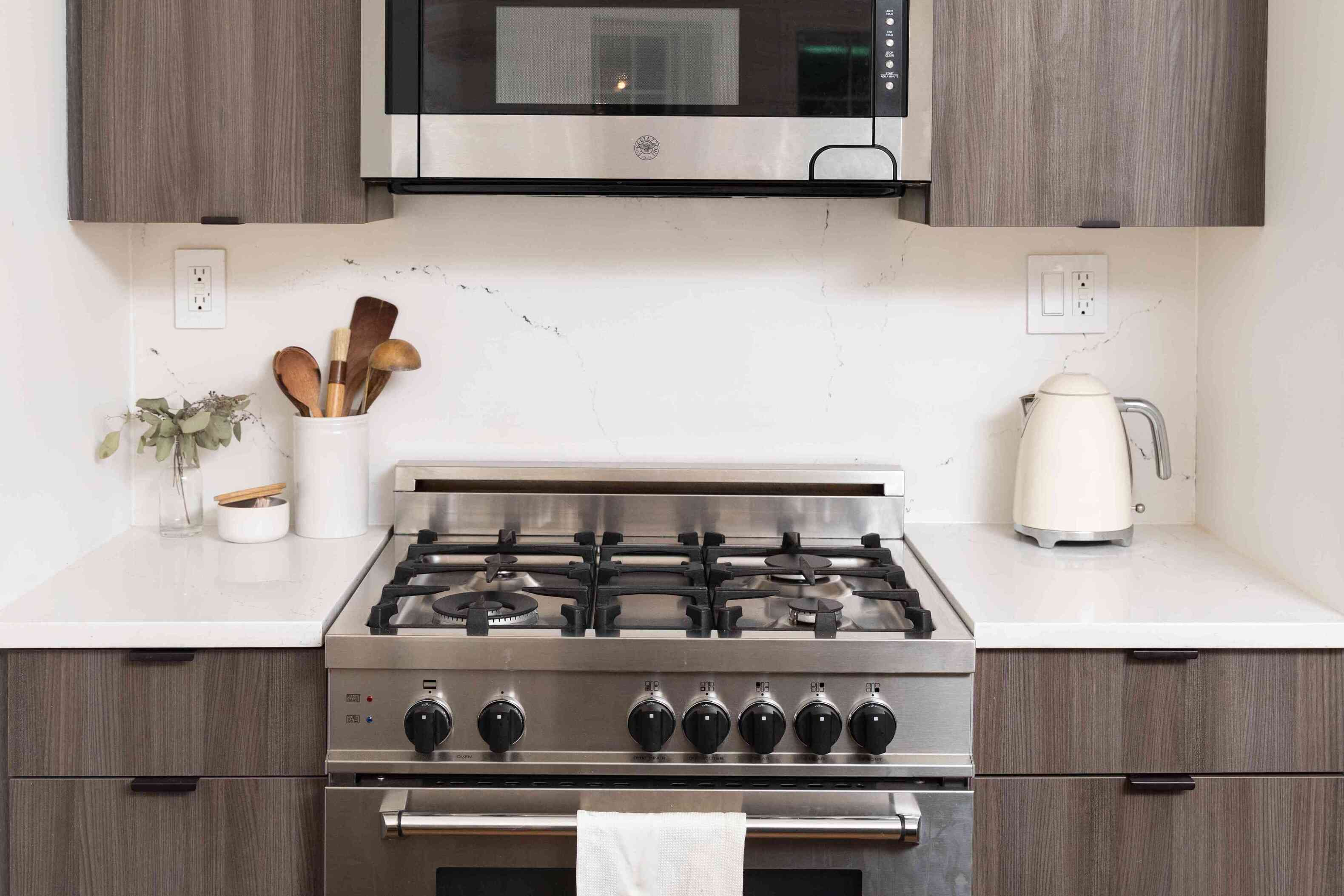

Articles
What Are The Things Under The Stove Burners Called
Modified: August 26, 2024
(Many of the links in this article redirect to a specific reviewed product. Your purchase of these products through affiliate links helps to generate commission for Storables.com, at no extra cost. Learn more)
Introduction
When it comes to cooking appliances, the stove is a staple in many households. It provides us with the means to whip up delicious meals for ourselves and our loved ones. While most of us are familiar with the basic components of a stove, such as the oven and the cooktop, there are certain parts that go unnoticed but play a crucial role in the functioning of the stove burners. In this article, we will explore these lesser-known components that are found under the stove burners and uncover their purpose and importance.
Stove burners, also known as gas burners or electric burners, are the elements responsible for producing heat on the cooktop. They come in various sizes and are typically made of metal. Whether you’re using a gas or electric stove, the basic structure and function of the burners remain the same.
Now, let’s dive into the details of the various parts that make up a stove burner. From burner heads to control valves, each component contributes to the overall functioning and efficiency of the burners.
Before we explore the components under the stove burners, it’s important to understand the basic structure of a burner. A typical stove burner consists of a burner head, a grate or trivet that supports the cookware, a burner cap that helps distribute the flame evenly, and an ignition system that ignites the fuel to generate heat.
Now, let’s take a closer look at the components that are hidden under the stove burners. These components may vary depending on the type and model of the stove, but they are essential for the proper functioning and maintenance of the burners.
*Note:* *To ensure a thorough understanding, the following sections will provide detailed information on each component, its function, and maintenance tips.*
1. Drip pans or drip bowls: These are flat, removable pans that sit beneath the burners. They are designed to collect any spills, splatters, or food debris that may occur during cooking. Drip pans help prevent messes from reaching the burner bowls or pans, making cleanup easier and protecting the burners from damage.
2. Burner bowls or burner pans: Located beneath the burner heads, these bowls or pans are designed to collect any food particles or liquids that may fall through the burner grates. They also help distribute heat evenly and protect the burners from direct contact with spillage, preventing damage to the burner heads.
3. Flame spreader or diffuser: This component is located beneath the burner cap and helps distribute the flame evenly across the burner surface. It ensures that the heat is evenly distributed to the cookware, preventing hotspots and ensuring consistent cooking performance.
4. Venturi tube or nozzle: In gas stoves, the venturi tube is responsible for mixing the fuel gas with air to create a combustible mixture. It regulates the gas flow and ensures a steady supply of fuel to the burner head. In electric stoves, the nozzle controls the flow of electricity and heat generation.
5. Control valves or knobs: These are the mechanisms that control the flow of gas or electricity to the burners. They allow you to adjust the heat intensity according to your cooking needs. Control valves or knobs are typically located on the front panel of the stove and are easily accessible for convenient operation.
6. Thermocouple or safety valve: This component is a safety feature found in gas stoves. It detects whether the burner flame is on or off. If the flame goes out unexpectedly, the thermocouple or safety valve shuts off the gas supply to prevent any potential gas leaks or hazards.
Understanding the different components under the stove burners is key to maintaining and troubleshooting your stove effectively. By knowing their functions, you can identify any issues that may arise and take appropriate measures to resolve them.
In the following sections, we will explore the function and purpose of these under stove burner components in more detail and provide maintenance tips to keep your stove burners in top shape. So, let’s dive in and uncover the hidden secrets of your stove burners.
Key Takeaways:
- Discover the hidden heroes of your stove! From drip pans to control valves, the under burner components play a crucial role in cooking efficiency, heat distribution, and safety. Regular maintenance ensures a seamless cooking experience.
- Uncover the secrets beneath your stove burners! Cleaning and maintaining drip pans, burner bowls, and control valves are essential for optimal stove performance. Embrace these practices to elevate your cooking experience and ensure a safe kitchen environment.
Read more: What Are Stove Burners Called
Stove Burners: An Overview
Stove burners are the integral components of a stove that generate heat for cooking food. Whether it’s a gas stove or an electric stove, the burners are responsible for supplying the necessary heat to cook our meals. Let’s explore the definition, importance, and role of stove burners.
Definition of Stove Burners
Stove burners, also known as gas burners or electric burners, are the individual heating elements on the cooktop of a stove. In gas stoves, the burners utilize a mixture of fuel gas and air to produce a flame, while electric stoves rely on electrical resistance to generate heat. Regardless of the type, stove burners are designed to provide controlled and adjustable heat for cooking, boiling, simmering, and frying.
Importance and Role of Stove Burners
Stove burners play a crucial role in the kitchen, serving as the primary heat source for cooking. Their importance can be observed in the following ways:
1. Cooking Efficiency: Stove burners allow for efficient and precise cooking. With adjustable heat settings, you can easily regulate the temperature to prevent overcooking or undercooking your food. This versatility is especially important when preparing dishes that require different temperature levels or when using various cooking techniques.
2. Versatility: Stove burners provide a wide range of heat intensities, catering to different cooking needs. Depending on the burner’s size and power, you can achieve high heat for searing meats or boiling water rapidly, as well as low heat for delicate simmering or melting chocolate. This versatility enables you to tackle a variety of recipes and cooking styles with ease.
3. Fast Heating: Stove burners offer rapid heat-up times, allowing you to bring pots and pans to cooking temperature quickly. This is particularly advantageous when you’re in a hurry or preparing multiple dishes simultaneously, as it saves precious time in the kitchen.
4. Controlled Heat Distribution: Stove burners are designed to ensure even heat distribution across the surface of the cookware. This helps prevent hotspots and ensures consistent and uniform cooking results. The ability to control heat distribution is especially important when working with sensitive ingredients or when preparing delicate dishes that require precise temperature control.
5. Convenience: Stove burners offer convenient on/off operation, allowing you to start and stop the heat instantly. This feature provides flexibility in managing cooking times and allows for efficient multitasking.
6. Energy Efficiency: Stove burners, especially those on gas stoves, are known for their energy-efficient operation. Gas burners provide instant heat without the need for preheating, resulting in reduced cooking times. Additionally, gas burners allow for precise control, minimizing energy waste and ensuring efficient fuel consumption.
In summary, stove burners are vital components of any stove, whether it’s a gas or electric model. Their ability to generate adjustable heat levels quickly and efficiently makes them essential for everyday cooking. With their versatility and precise control, stove burners empower home cooks to create delicious meals with ease. Understanding the function and importance of stove burners will help you make the most of your cooking experience and unleash your culinary potential.
Parts of a Stove Burner
To understand the inner workings of a stove burner, it’s important to familiarize yourself with its key components. Let’s explore the various parts that make up a stove burner, including the burner head, grates or trivets, burner caps, ignition system, and gas or electric supply connections.
Burner Head
The burner head is the topmost part of the stove burner and is responsible for producing the flame. It is typically made of a heat-resistant material, such as cast iron or stainless steel. The design of the burner head allows for efficient combustion of the gas or distribution of the electric heat. The size and shape of the burner head can vary depending on the stove model, with some burners offering different sizes for different cooking needs.
Grates or Trivets
Grates, also known as trivets, are the supports that hold the cookware above the burner head. They are typically made of cast iron or stainless steel and are designed to withstand high temperatures. Grates serve as a stable surface for your pots and pans, ensuring even heat distribution and preventing direct contact between the cookware and the burner head. They also provide stability and balance, allowing you to safely cook without the risk of tipping over or damaging the stove.
Burner Caps
Burner caps are removable components that sit atop the burner head. They serve multiple purposes. Firstly, burner caps help distribute the flame evenly across the burner, ensuring uniform heat distribution. Secondly, they protect the burner head from spills, preventing food particles or liquids from directly contacting the burner itself. Burner caps are typically made of cast iron or aluminum, making them durable and easy to clean.
Ignition System
The ignition system of a stove burner is responsible for igniting the fuel to generate heat. It ensures a safe and convenient way to start the burner without the need for matches or lighters. In gas stoves, the ignition system typically consists of an electric spark mechanism that creates a spark to ignite the gas. Electric stoves, on the other hand, use an electrical connection to generate heat directly.
Gas or Electric Supply Connections
The gas or electric supply connections are the components that provide the necessary fuel or electricity to power the burner. In gas stoves, a gas supply line or pipe connects to the burner, allowing for the controlled flow of gas to the burner head. Electric stoves, on the other hand, are connected to the power supply via electrical wires. These connections ensure a steady and reliable source of fuel or electricity, enabling the burner to function effectively.
Understanding the various parts of a stove burner is essential for proper operation and maintenance. Each component plays a crucial role in generating heat, distributing it evenly, and ensuring a safe and efficient cooking experience. By familiarizing yourself with these parts, you can troubleshoot issues, clean the burner effectively, and maximize the performance of your stove.
The Components Under Stove Burners
While the visible parts of a stove burner are important, there are also key components located beneath the burner that contribute to its overall functionality. Let’s explore the various hidden components found under stove burners, including drip pans or bowls, burner bowls or pans, flame spreader or diffuser, venturi tube or nozzle, control valves or knobs, and thermocouple or safety valve.
Drip Pans or Drip Bowls
Drip pans or drip bowls are flat, removable pans that sit beneath the burners. Their main function is to collect any spills, splatters, or food debris that may occur during cooking. By having drip pans, you can easily clean up messes without them reaching the burner bowls or pans directly. They serve as a protective layer, preventing damage to the burners and making cleanup a breeze.
Burner Bowls or Burner Pans
Located beneath the burner heads, burner bowls or pans are designed to collect any food particles or liquids that may fall through the burner grates or overflow from the cookware. These bowls or pans not only help in maintaining a clean cooktop but also assist in distributing heat evenly across the burner. They prevent direct contact between the burner heads and spillage, protecting the burners from damage and ensuring their long-term functionality.
Flame Spreader or Diffuser
The flame spreader or diffuser is another crucial component found beneath the burner cap. Its primary purpose is to distribute the flame evenly across the burner surface. By ensuring uniform heat distribution, the flame spreader or diffuser prevents hotspots and allows for consistent cooking. It plays a significant role in achieving optimal cooking results, especially when it comes to delicate dishes that require precise temperature control.
Venturi Tube or Nozzle
In gas stoves, the venturi tube or nozzle is responsible for mixing the fuel gas with air to create a combustible mixture. The design of the venturi tube regulates the flow of gas, controlling its mixture with air to create the desired flame intensity. It ensures a steady supply of fuel to the burner head and facilitates efficient combustion.
Control Valves or Knobs
Control valves or knobs are mechanisms located on the front panel of the stove that control the flow of gas or electricity to the burners. They allow you to adjust the heat intensity according to your cooking requirements. By turning the control valves or knobs, you can increase or decrease the flow of gas or adjust the electrical power for electric stoves. Control valves or knobs provide the flexibility to customize the heat level to achieve the desired cooking results.
Thermocouple or Safety Valve
In gas stoves, a thermocouple is a safety feature that detects whether the burner flame is on or off. It works in conjunction with a safety valve. If the thermocouple senses that the flame goes out unexpectedly, it sends a signal to the safety valve, shutting off the gas supply to prevent any potential gas leaks or hazards. This mechanism ensures the safety of the stove by automatically cutting off the gas flow in case of flame failure.
Understanding the components hidden below the stove burners is crucial for their proper functioning and maintenance. These components contribute to the overall performance, safety, and longevity of the stove burners. By knowing their functions, you can troubleshoot any issues that may arise and ensure efficient operation. Proper care and maintenance of these components will help to extend the life of your stove and ensure a safe and enjoyable cooking experience.
The things under the stove burners are called drip pans or burner bowls. They are designed to catch any food or liquid that may spill while cooking, making it easier to clean the stove.
Function and Purpose of Under Stove Burner Components
The components located under stove burners may often go unnoticed, but they serve essential functions that contribute to the overall performance and safety of the stove. Let’s explore the function and purpose of these under stove burner components, including collecting and containing spills, aiding in heat distribution and flame control, facilitating gas flow and ignition, and ensuring safety and preventing gas leaks.
Collecting and Containing Spills
Drip pans or drip bowls play a vital role in collecting and containing spills, splatters, or food debris that may occur during cooking. Positioned beneath the burners, these removable pans act as a barrier, preventing messes from reaching the burner bowls or pans directly. By collecting the spills, drip pans make cleanup easier and more convenient, saving you time and effort in maintaining a clean and hygienic cooktop.
Aiding in Heat Distribution and Flame Control
Under stove burner components, such as burner bowls or pans and flame spreaders or diffusers, contribute to heat distribution and flame control. Burner bowls or pans that sit beneath the burner heads help distribute heat evenly across the burner surface. This ensures consistent cooking results and prevents hotspots that could lead to unevenly cooked food. Additionally, flame spreaders or diffusers play a critical role in distributing the flame evenly, ensuring uniform heat distribution and optimal cooking performance.
Facilitating Gas Flow and Ignition
The venturi tube or nozzle is responsible for mixing the fuel gas with air to create a combustible mixture in gas stoves. This regulation of gas flow ensures the optimal mixture for efficient combustion and heat production. By facilitating the smooth flow of gas, the venturi tube or nozzle enables the stove burner to function properly and generate the necessary heat for cooking. Furthermore, the ignition system, whether it’s an electric spark mechanism or an electrical connection, ignites the fuel gas, ensuring a convenient and safe way to start the burner.
Ensuring Safety and Preventing Gas Leaks
Under stove burner components also play a crucial role in ensuring safety and preventing potential gas leaks. Control valves or knobs allow you to regulate the flow of gas or electricity to the burners, ensuring that the heat intensity can be adjusted according to your cooking requirements. This control mechanism promotes safety by providing the means to easily turn off the gas supply when not in use.
In gas stoves, the thermocouple is a vital safety feature. It detects whether the burner flame is on or off. If the thermocouple senses that the flame has gone out unexpectedly, it sends a signal to the safety valve, which shuts off the gas supply, preventing any potential gas leaks or hazards. This mechanism provides an extra layer of safety by ensuring that the gas flow is immediately stopped in case of flame failure.
Understanding the function and purpose of under stove burner components allows you to appreciate their role in the overall performance and safety of your stove. By properly maintaining and caring for these components, you can ensure the efficient operation of your stove burners, promote safety in your kitchen, and enjoy a seamless cooking experience.
Read more: What Are The Stove Top Things Called
Maintenance and Cleaning Tips for Under Stove Burner Components
Proper maintenance and regular cleaning of the components under stove burners are essential for ensuring the longevity and efficient performance of your stove. Let’s explore some maintenance and cleaning tips for each under stove burner component, including removing and cleaning drip pans or bowls, cleaning burner bowls or pans, removing and cleaning the flame spreader or diffuser, cleaning venturi tubes or nozzles, and properly maintaining control valves and knobs.
Removing and Cleaning Drip Pans or Bowls
Regularly removing and cleaning the drip pans or bowls is crucial for maintaining a clean and hygienic cooktop. Follow these steps to clean the drip pans or bowls effectively:
1. Allow the drip pans or bowls to cool down completely before removing them from the stove.
2. Carefully lift the drip pans or bowls from their designated areas beneath the burners.
3. Dispose of any loose debris or food particles in the trash.
4. Wash the drip pans or bowls with warm, soapy water and a non-abrasive sponge or cloth.
5. For stubborn stains or residue, you can use a mixture of baking soda and water to scrub gently.
6. Rinse the drip pans or bowls thoroughly with clean water.
7. Dry them completely before placing them back under the burners.
Cleaning Burner Bowls or Pans
To maintain the cleanliness and functionality of the burner bowls or pans, follow these cleaning tips:
1. Allow the burner bowls or pans to cool down completely before cleaning.
2. Remove the burner grates or trivets to access the burner bowls or pans.
3. Use a soft brush or cloth to remove any loose debris or food particles.
4. Wash the burner bowls or pans with warm, soapy water.
5. For stubborn stains or residue, you can use a mixture of baking soda and water or a mild abrasive cleaner.
6. Rinse the burner bowls or pans thoroughly with clean water.
7. Allow them to dry completely before reassembling and placing them back under the burners.
Removing and Cleaning the Flame Spreader or Diffuser
To maintain optimal heat distribution and combustion, it’s important to clean the flame spreader or diffuser regularly. Follow these steps for proper cleaning:
1. Allow the stove burners to cool down completely before proceeding.
2. Carefully remove the burner caps and the flame spreader or diffuser beneath them.
3. Wash the flame spreader or diffuser with warm, soapy water and a soft brush or cloth.
4. Pay attention to any clogs or debris and remove them gently.
5. Rinse the flame spreader or diffuser thoroughly with clean water.
6. Ensure it is completely dry before placing it back in its position.
Cleaning Venturi Tubes or Nozzles
To maintain the proper flow of gas and efficient combustion in gas stoves, regular cleaning of venturi tubes or nozzles is necessary. Follow these steps to clean them effectively:
1. Turn off the gas supply to the stove burners.
2. Locate the venturi tubes or nozzles near the burners.
3. Use a small brush or pipe cleaner to gently remove any debris or blockages.
4. If necessary, use a can of compressed air to blow out any trapped dirt or particles.
5. Check for any signs of damage or wear and replace the venturi tubes or nozzles if needed.
6. Once cleaned, turn on the gas supply and ensure there are no gas leaks.
Properly Maintaining Control Valves and Knobs
To ensure the smooth operation and safety of your stove, proper maintenance of control valves and knobs is essential. Follow these tips:
1. Regularly check the control valves and knobs for any signs of wear, looseness, or damage.
2. If you notice any issues, such as difficulty turning the knobs or irregular gas flow, consult a professional for repair or replacement.
3. Clean the control valves and knobs regularly with a damp cloth to remove any dust or food particles.
4. Avoid using abrasive cleaners or chemicals that could damage the control valves or knobs.
5. Test the control valves periodically to ensure they turn on and off smoothly and that the gas flow is regulated properly.
By following these maintenance and cleaning tips for the components under stove burners, you can ensure the longevity of your stove and enjoy safe and efficient cooking experiences. Regular care and proper maintenance will not only extend the life of your stove but also contribute to a hygienic and enjoyable cooking environment.
Conclusion
Understanding the components hidden beneath stove burners is essential for maintaining and optimizing the performance of your stove. These often overlooked parts contribute to the functionality, safety, and overall cooking experience. From the drip pans or bowls that collect spills to the control valves or knobs that regulate heat, each component plays a crucial role.
By regularly maintaining and cleaning these under stove burner components, you can ensure the longevity and efficiency of your stove. Removing and cleaning drip pans or bowls helps prevent the build-up of residue and makes cleanup easier. Cleaning burner bowls or pans ensures even heat distribution and protects the burners from damage. Removing and cleaning the flame spreader or diffuser aids in consistent flame control and heat distribution. Cleaning venturi tubes or nozzles facilitates proper gas flow and efficient combustion. Properly maintaining control valves and knobs ensures safe and precise heat control.
Taking care of these components not only improves the performance of your stove but also contributes to a hygienic and safe cooking environment. Regular maintenance and cleaning prevent clogs, blockages, and potential hazards that may arise from neglect.
In conclusion, the parts under stove burners are as significant as the visible components, offering various functions that enhance cooking efficiency, heat distribution, ignition, and safety. By embracing these cleaning and maintenance practices, you can fully utilize the capabilities of your stove, minimize the risk of issues, and enjoy seamless and stress-free cooking experiences for years to come. So, take the time to care for your stove and its under burner components, and elevate your culinary skills in the comfort of your kitchen.
Frequently Asked Questions about What Are The Things Under The Stove Burners Called
Was this page helpful?
At Storables.com, we guarantee accurate and reliable information. Our content, validated by Expert Board Contributors, is crafted following stringent Editorial Policies. We're committed to providing you with well-researched, expert-backed insights for all your informational needs.
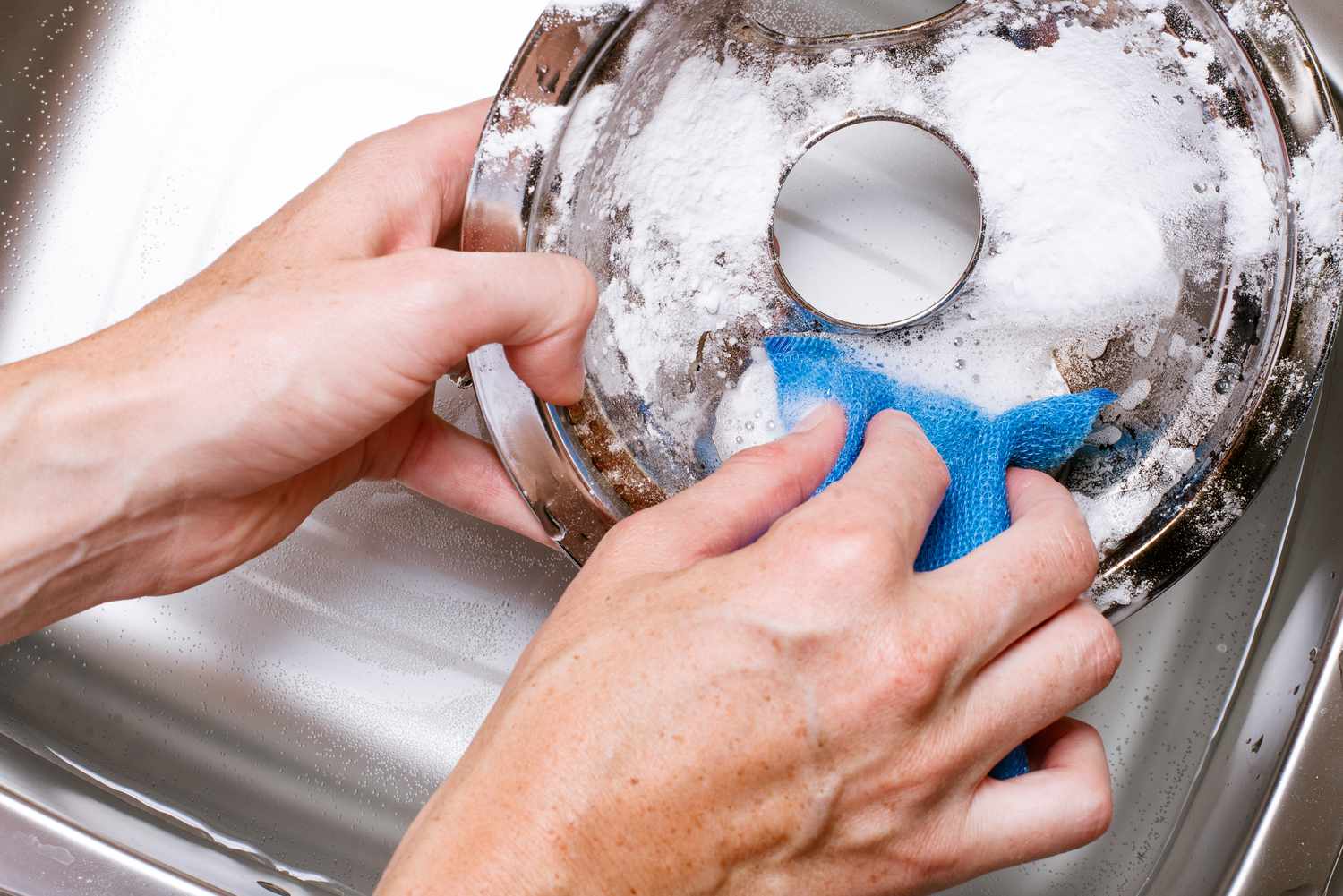
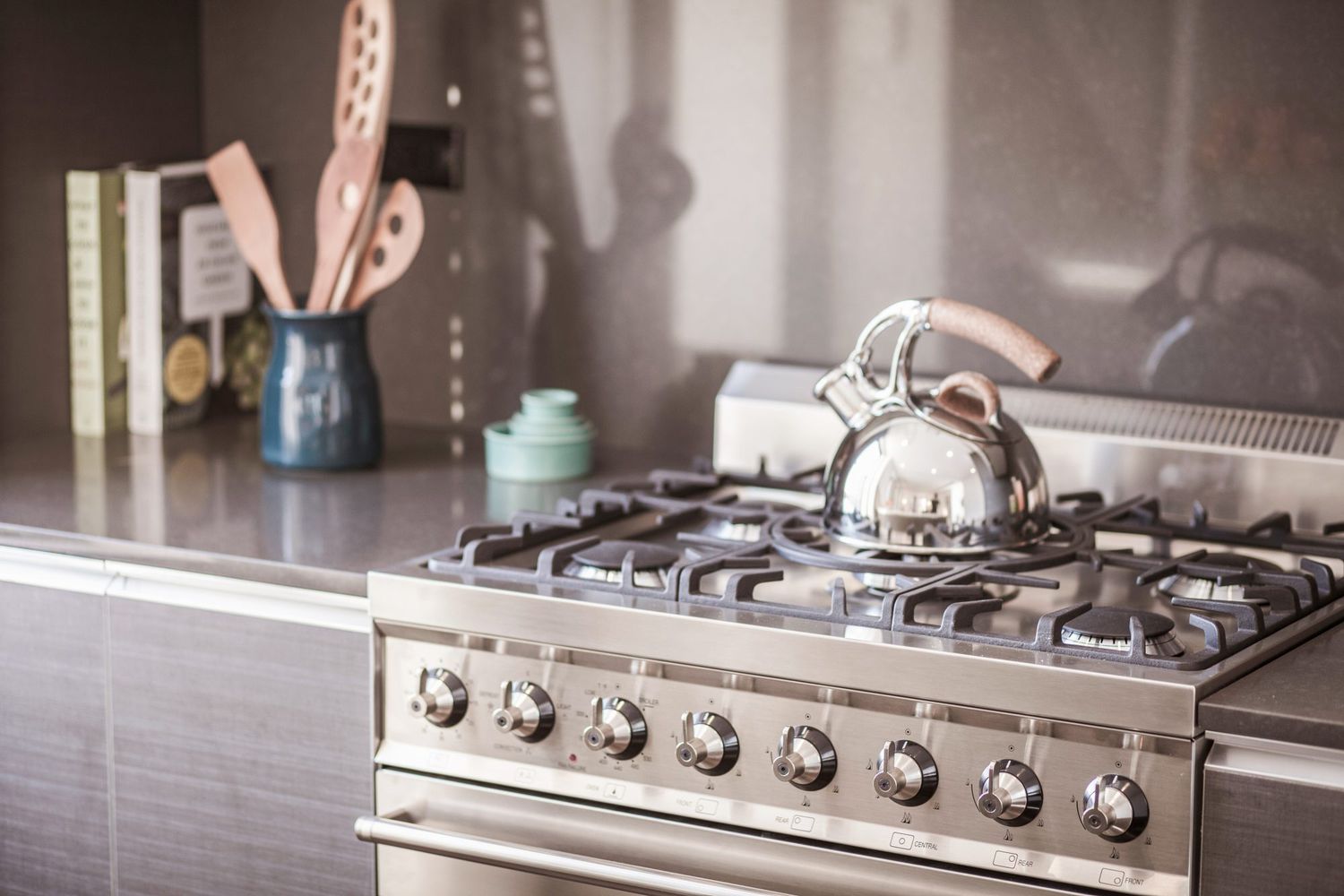
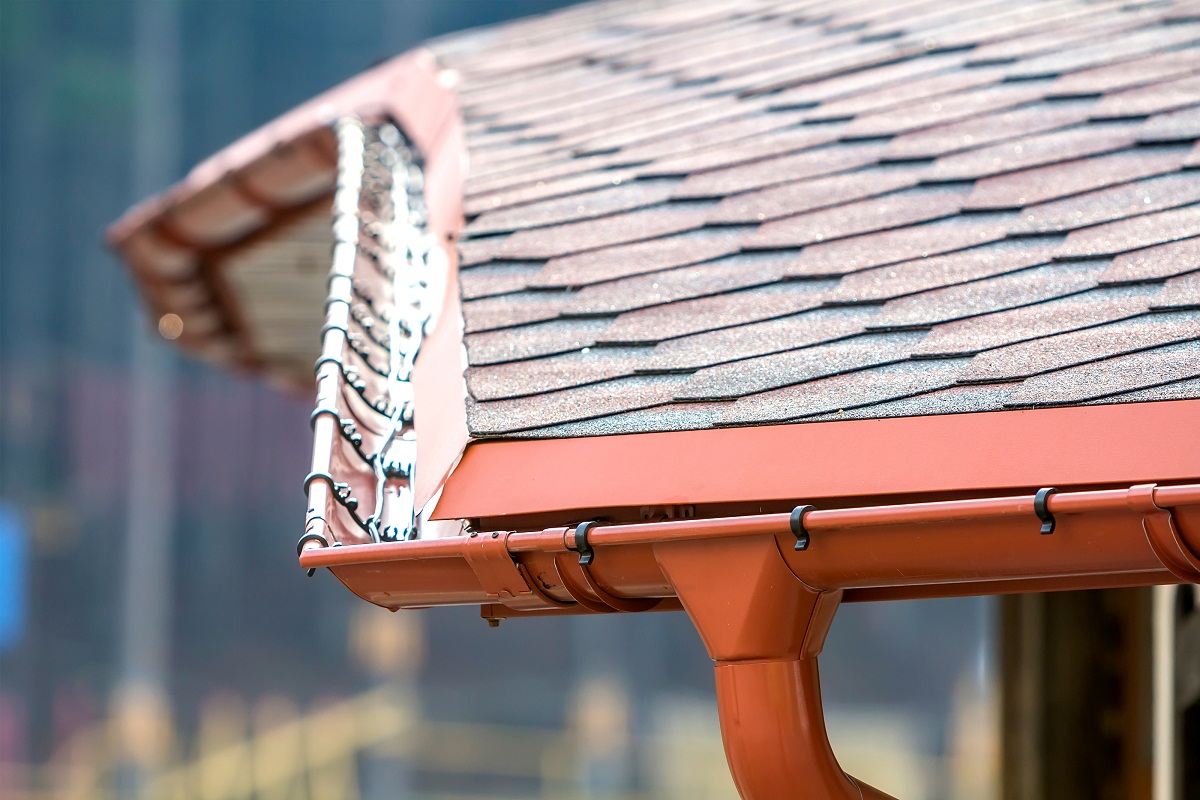
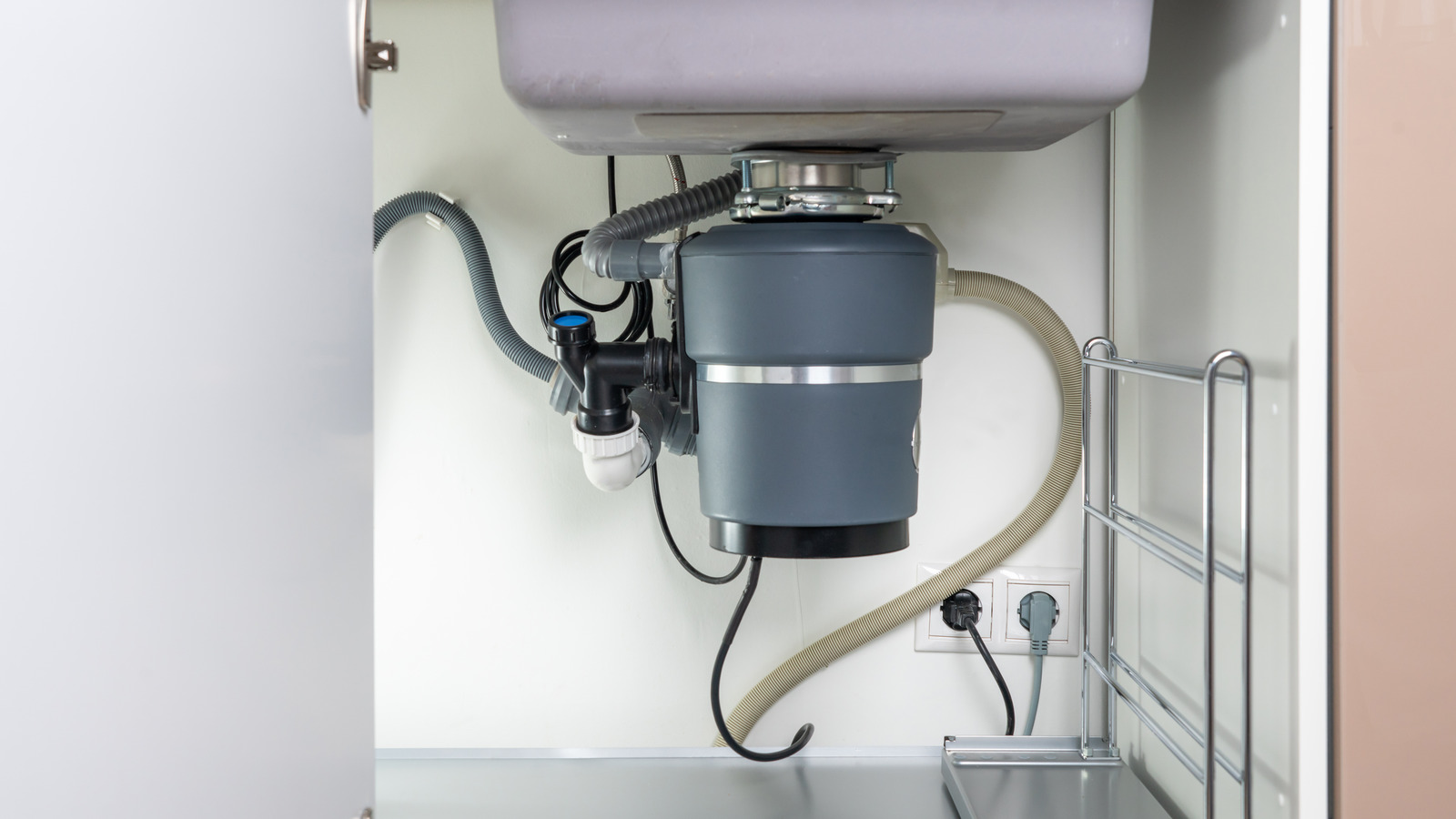
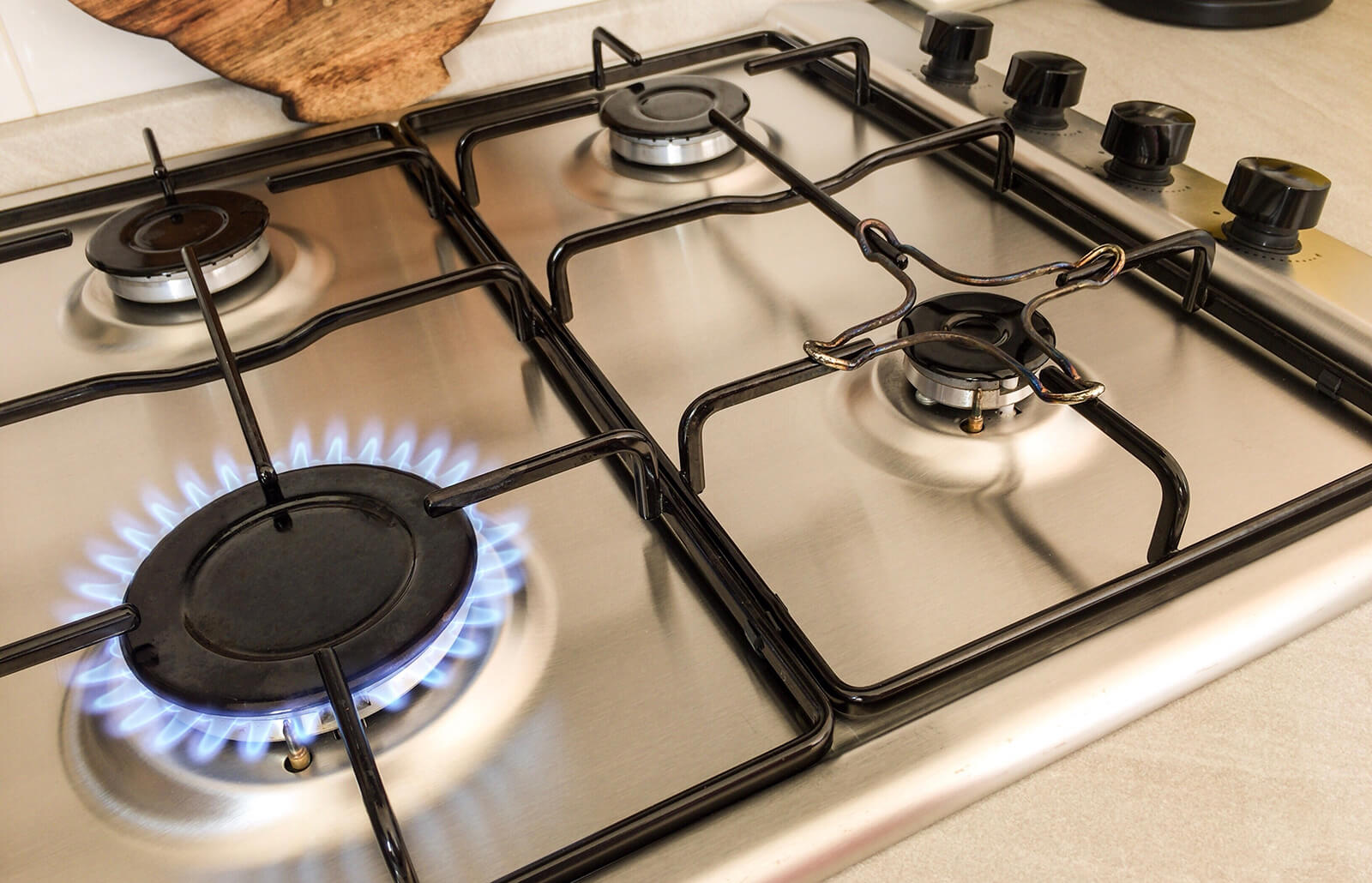
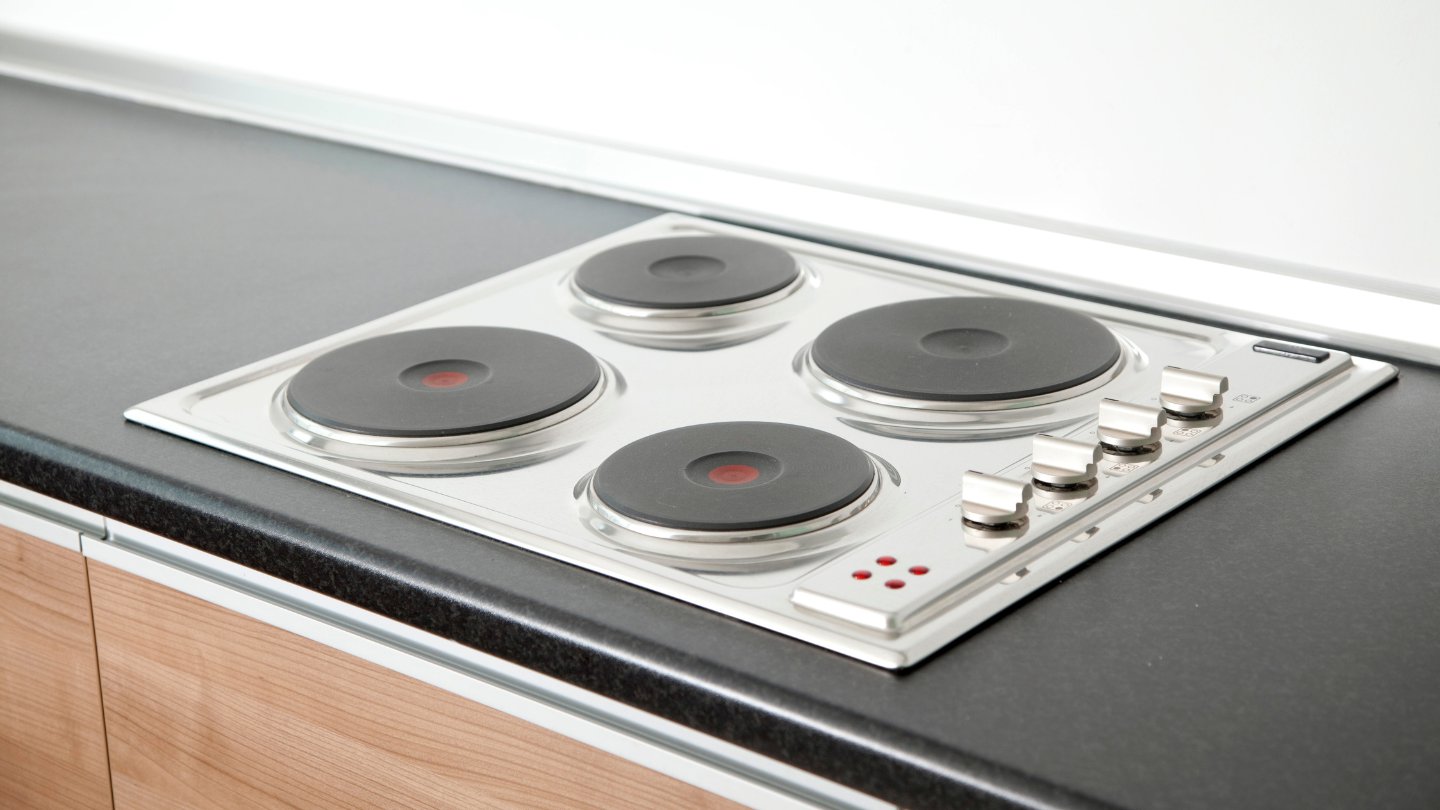
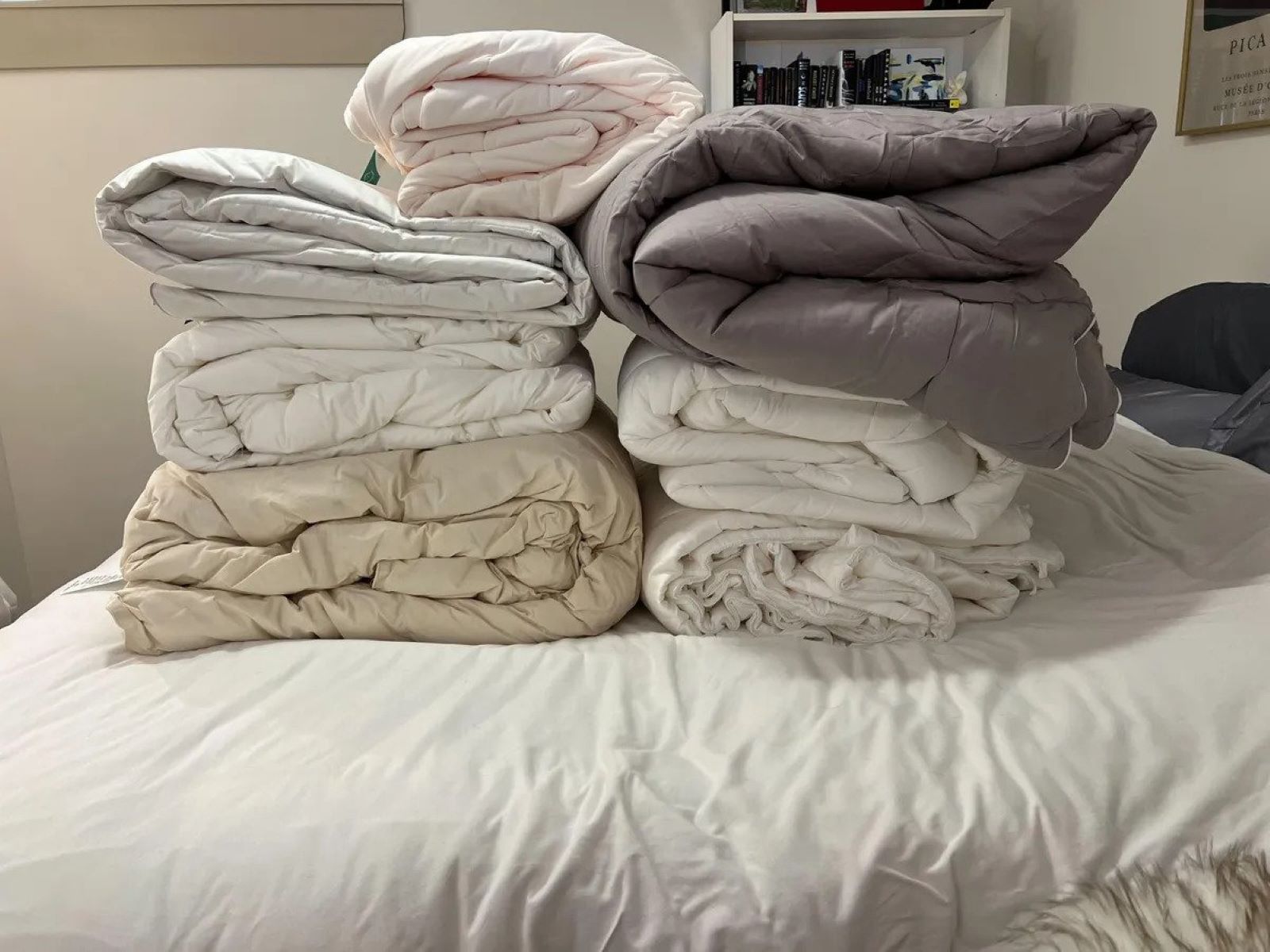
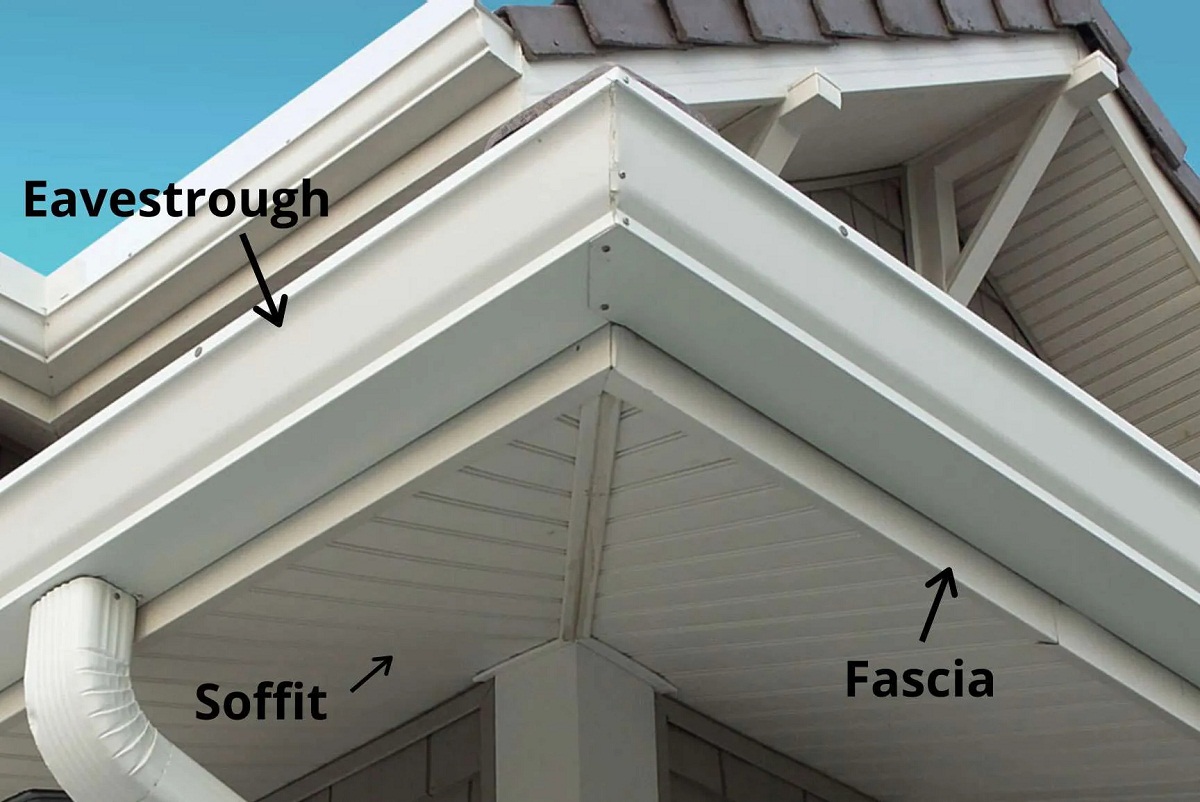

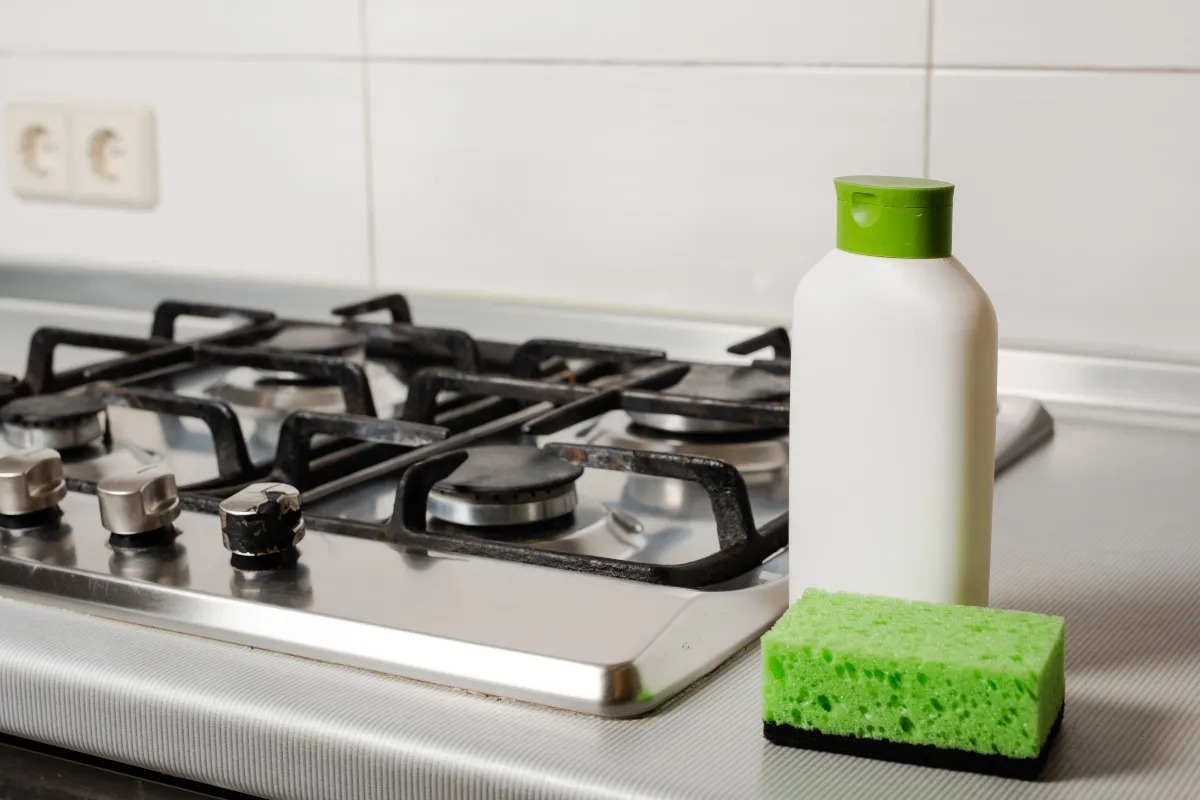
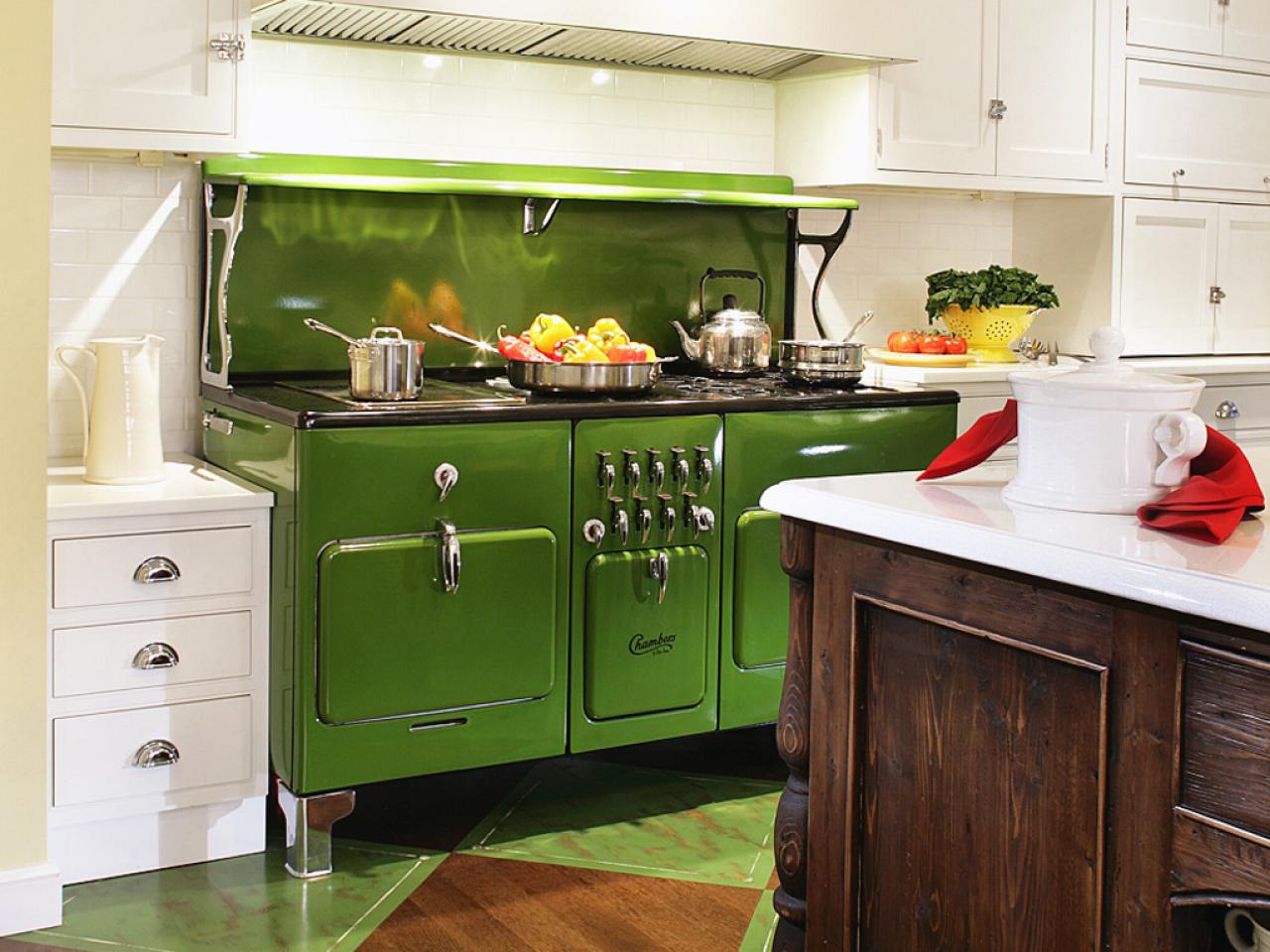
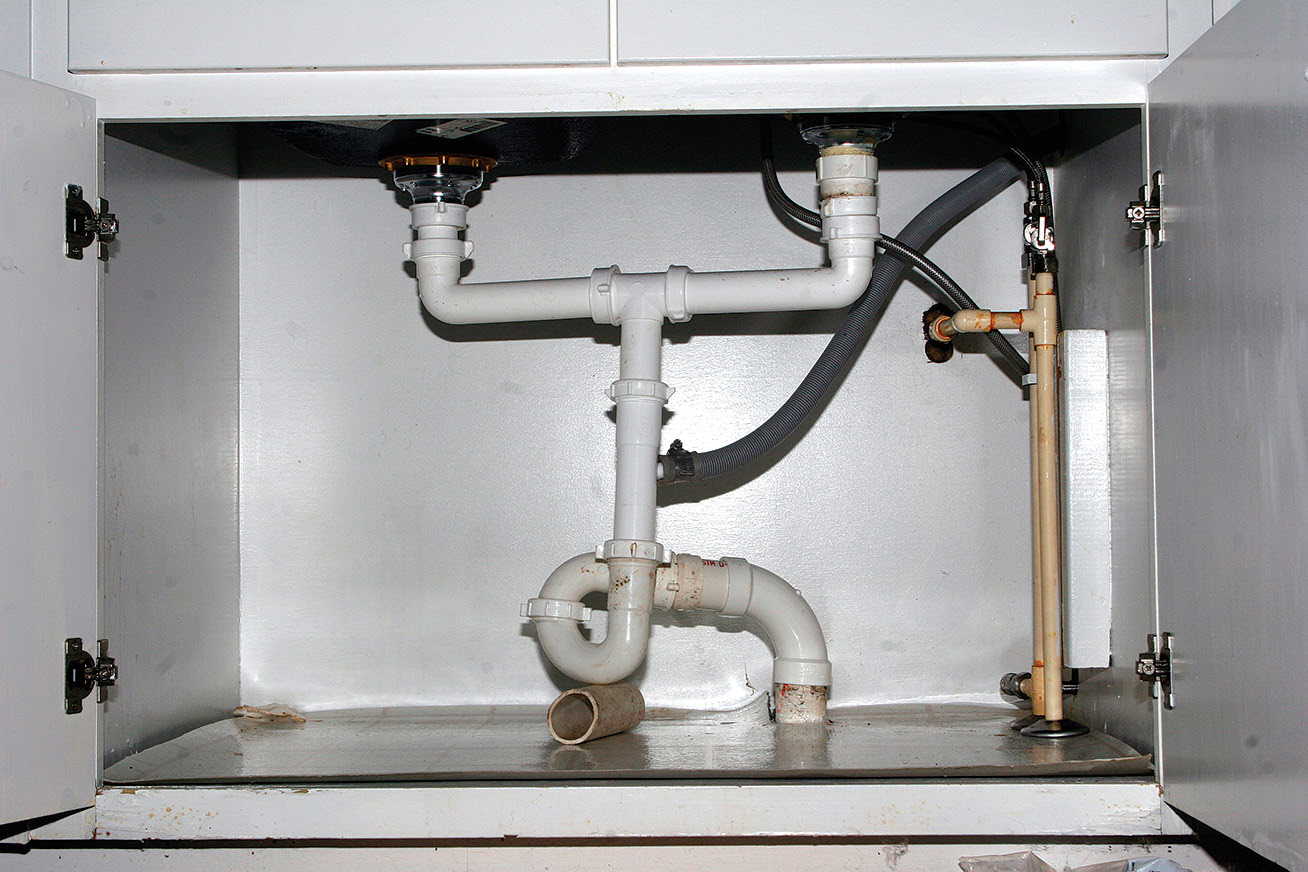

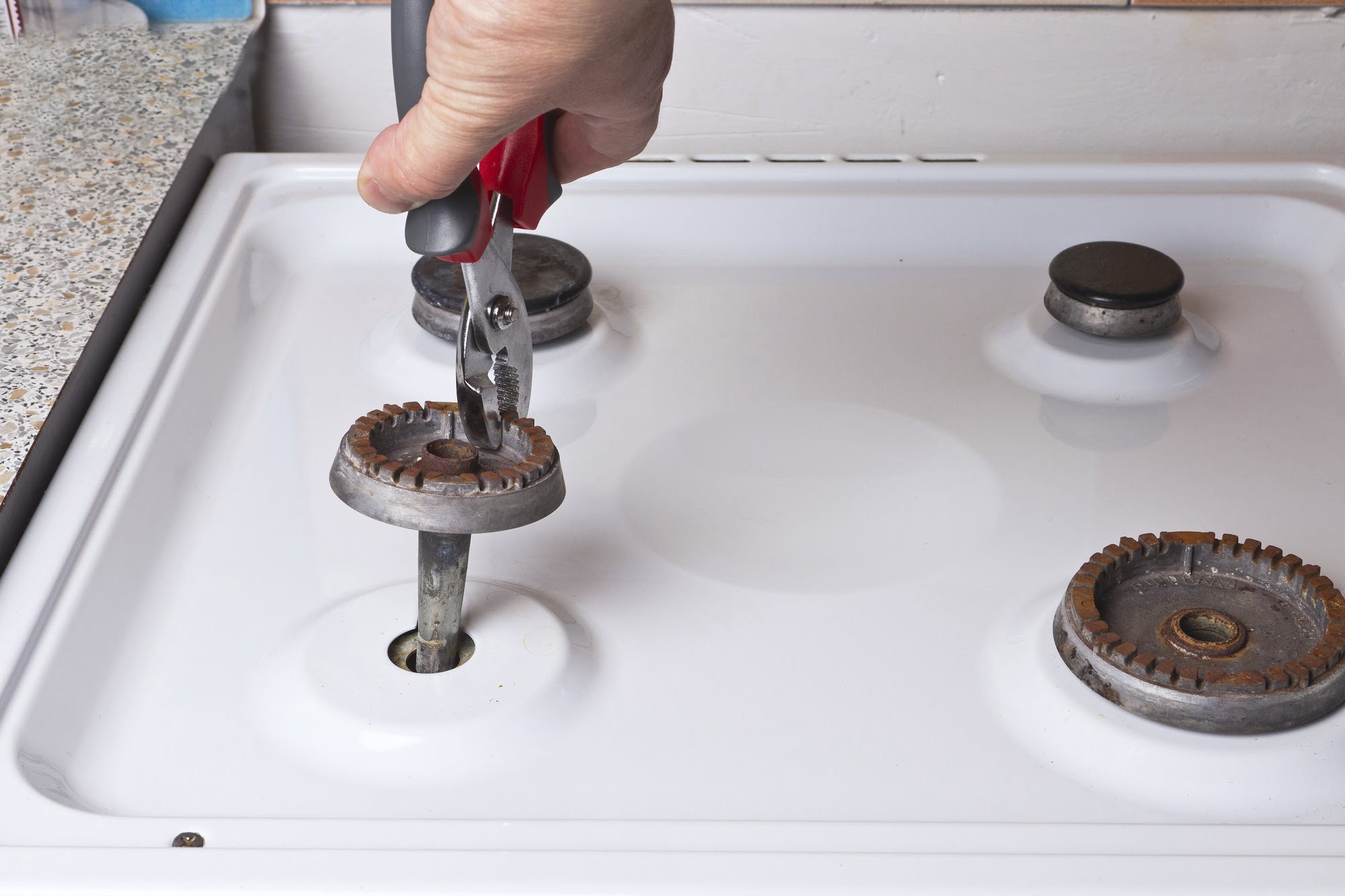

0 thoughts on “What Are The Things Under The Stove Burners Called”